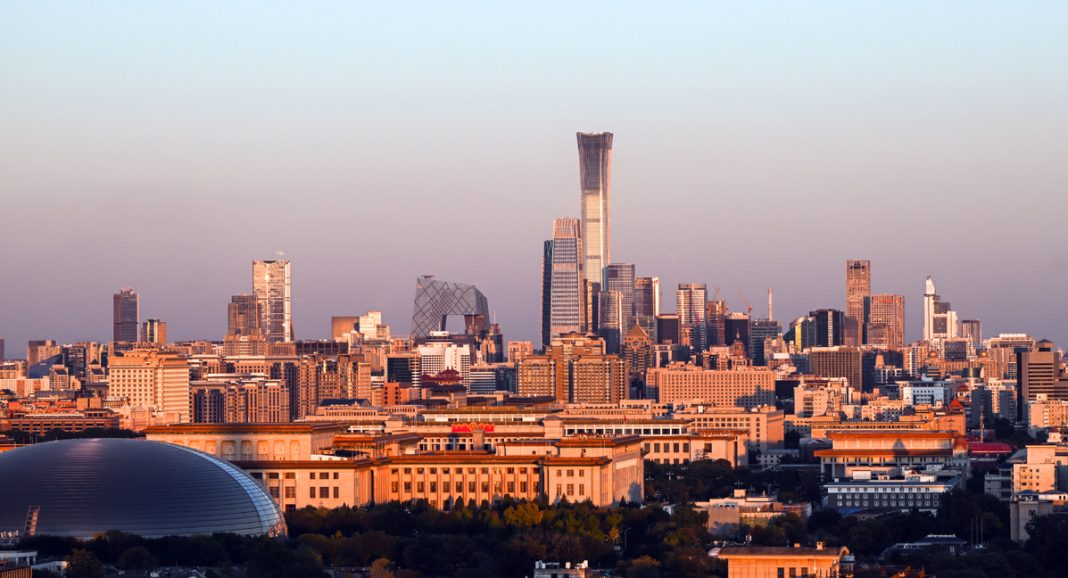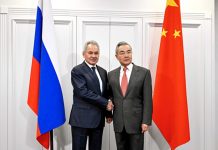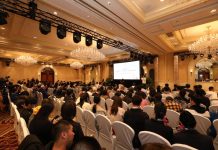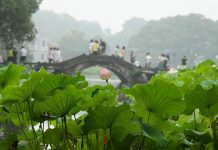BEIJING: Walking through the Chaoyangmen South and North streets spanning 2.8 km in downtown Beijing, clean streets adorned with delicately designed miniature gardens, well-refurbished restaurants and convenience stores bustle with life as residents bask in the sun on a late autumn day.
First established in ancient China’s Yuan Dynasty (1271-1368), the streets over 700 years old have defied age by constantly renewing themselves, where businesses are thriving and original residents and newcomers mingle and pursue life and work goals.
Not far away from the neighborhood is Qianmen, a hotspot for tourists. From here, the attention-catching antique buses called “dang dang che” move slowly as tourists on these buses enjoy learning about the history and culture of the Beijing Central Axis, a newly recognized UNESCO World Heritage Site.
As the refurbished antique bus travels on its routine path, modern clean-energy double-deckers and dual-carriage buses hurtle by, conjuring up a city image that showcases both the history and modern-day development of Beijing.
As China’s political and cultural center, the city receives people from around the world for important meetings and its many historical attractions such as the Forbidden City and the Great Wall. But apart from that, the megacity with a population of around 22 million is also one of the most modern, vibrant, and technologically advanced Chinese cities, providing a window to look at and digest the historical changes brought about by economic and social development in China. –The Daily Mail-China Daily news exchange item






